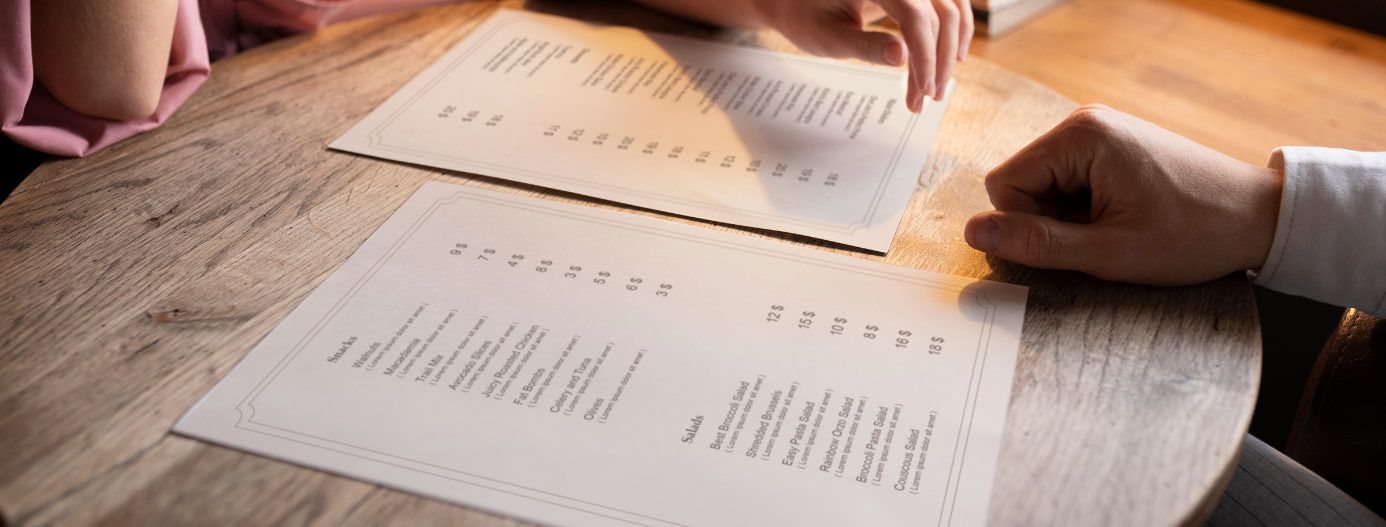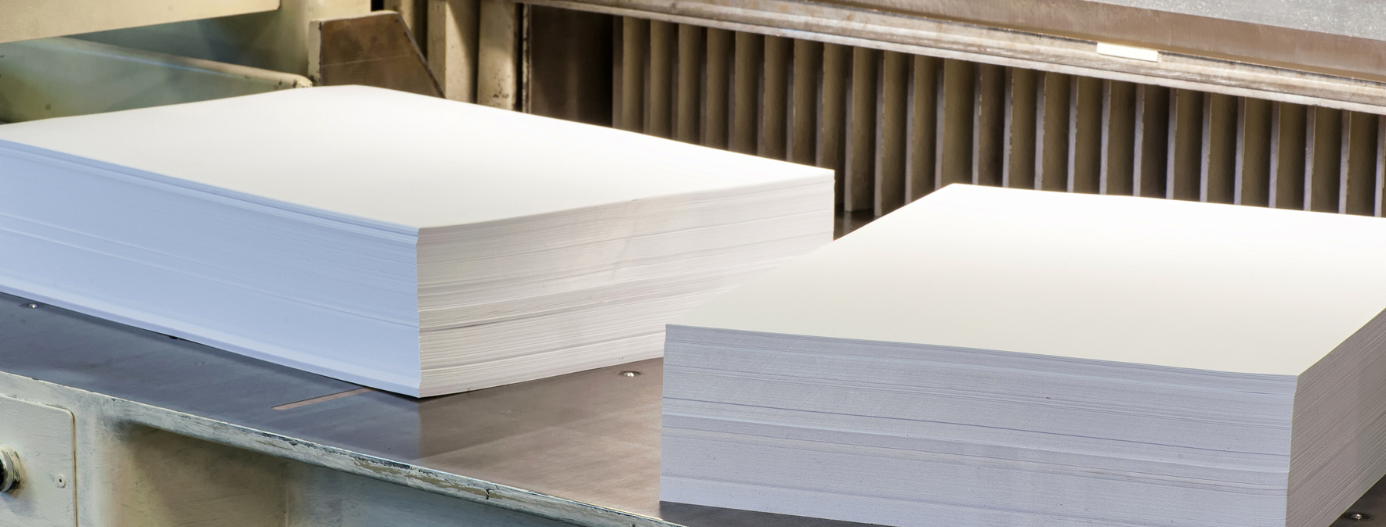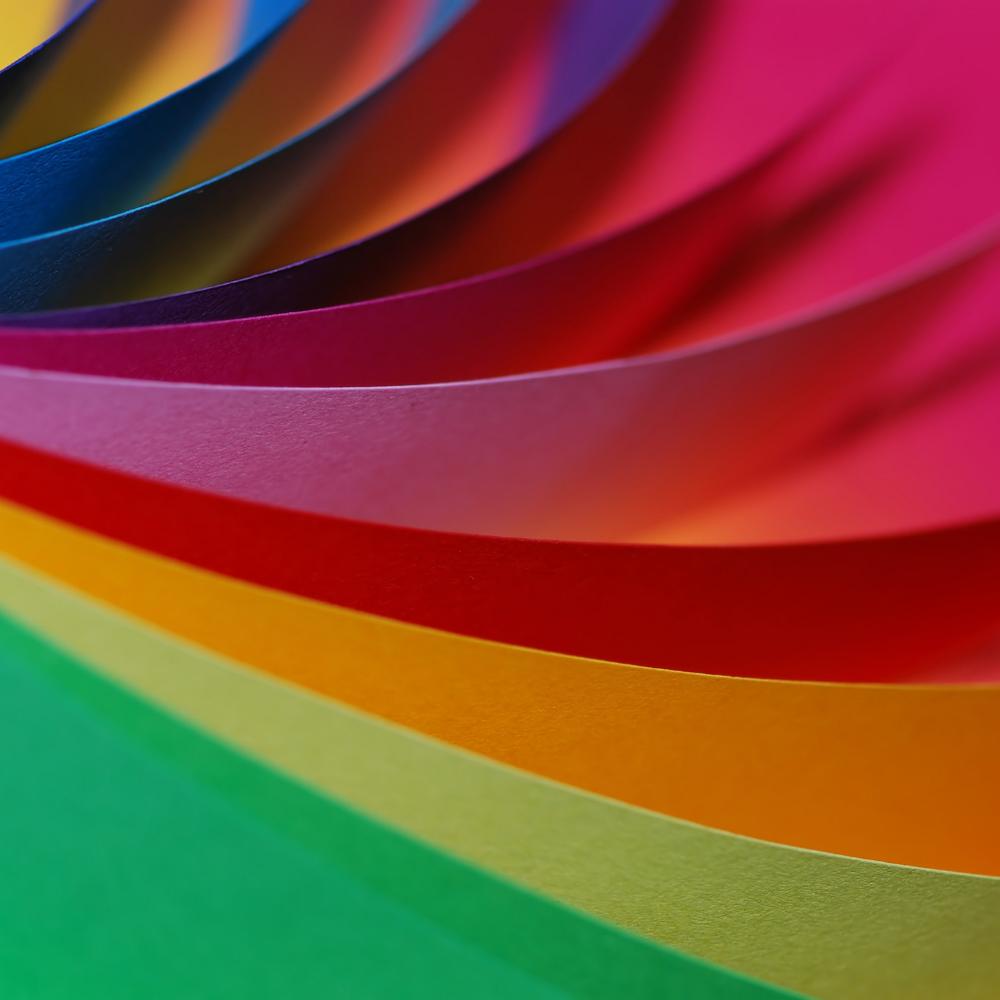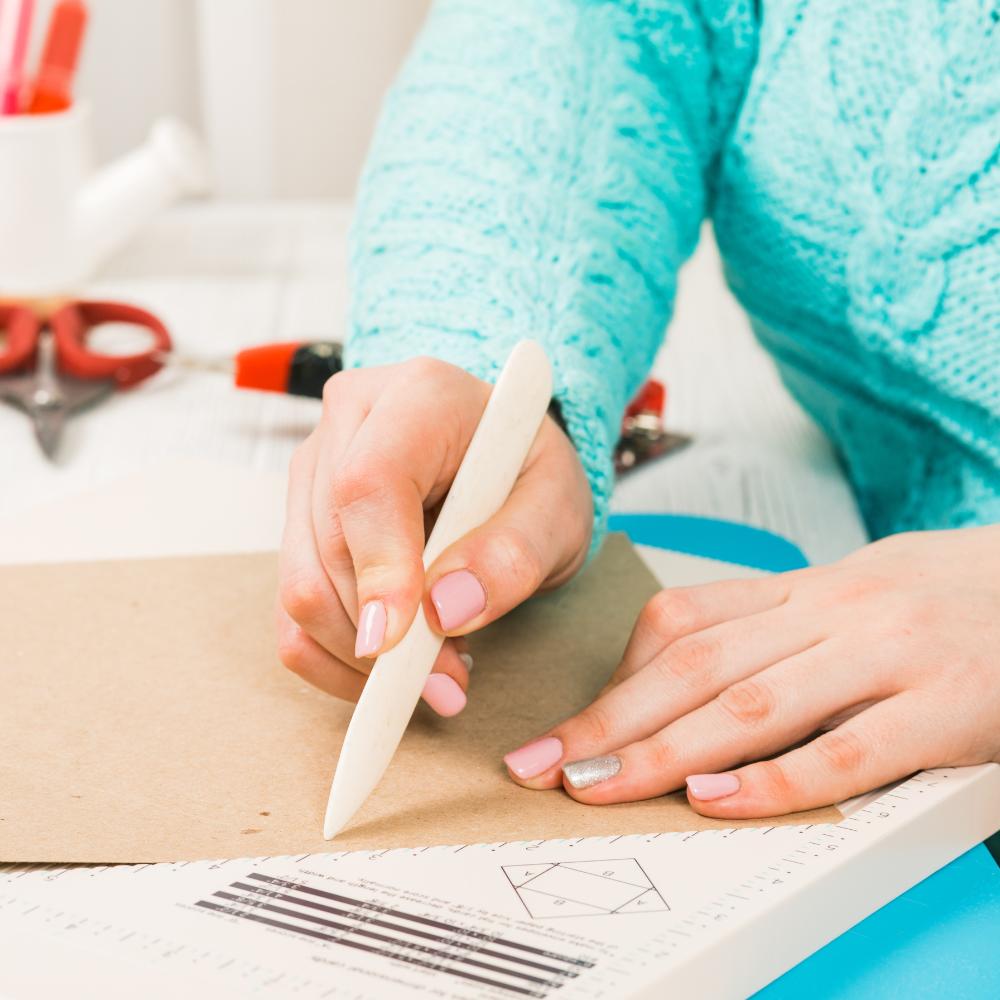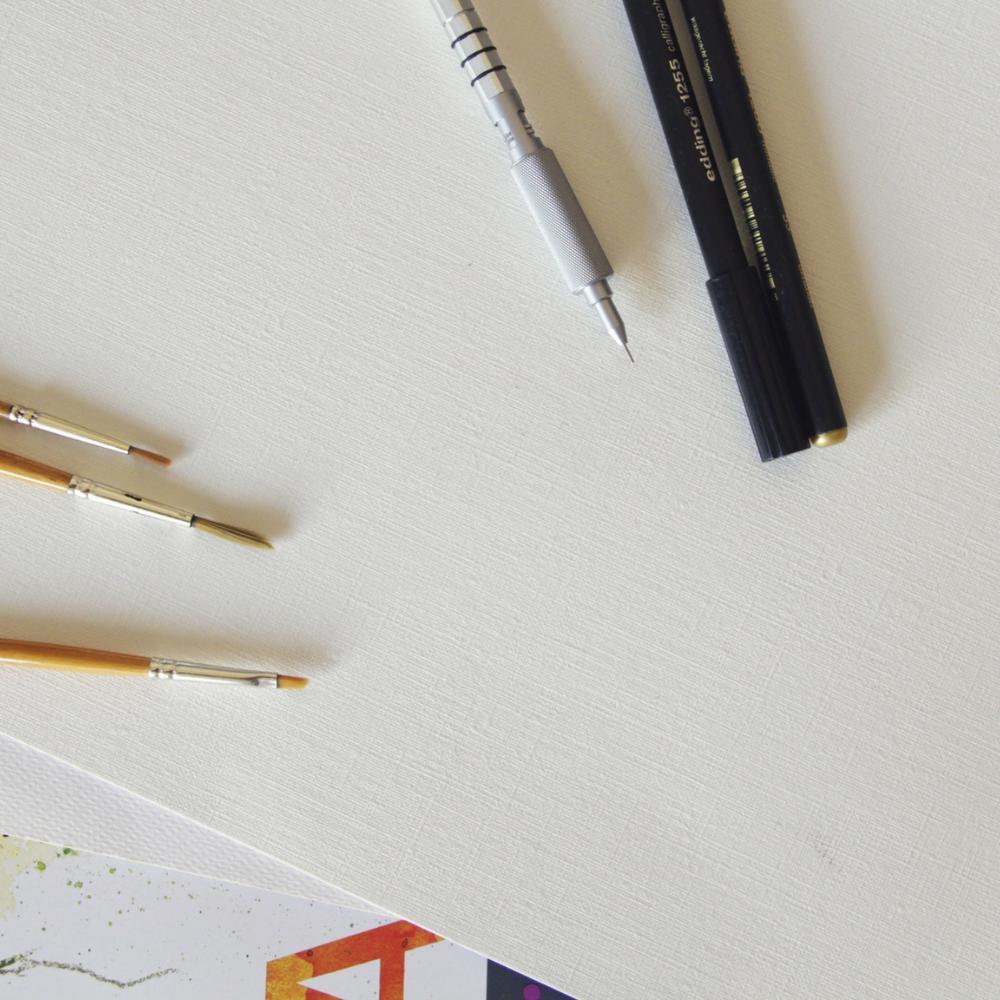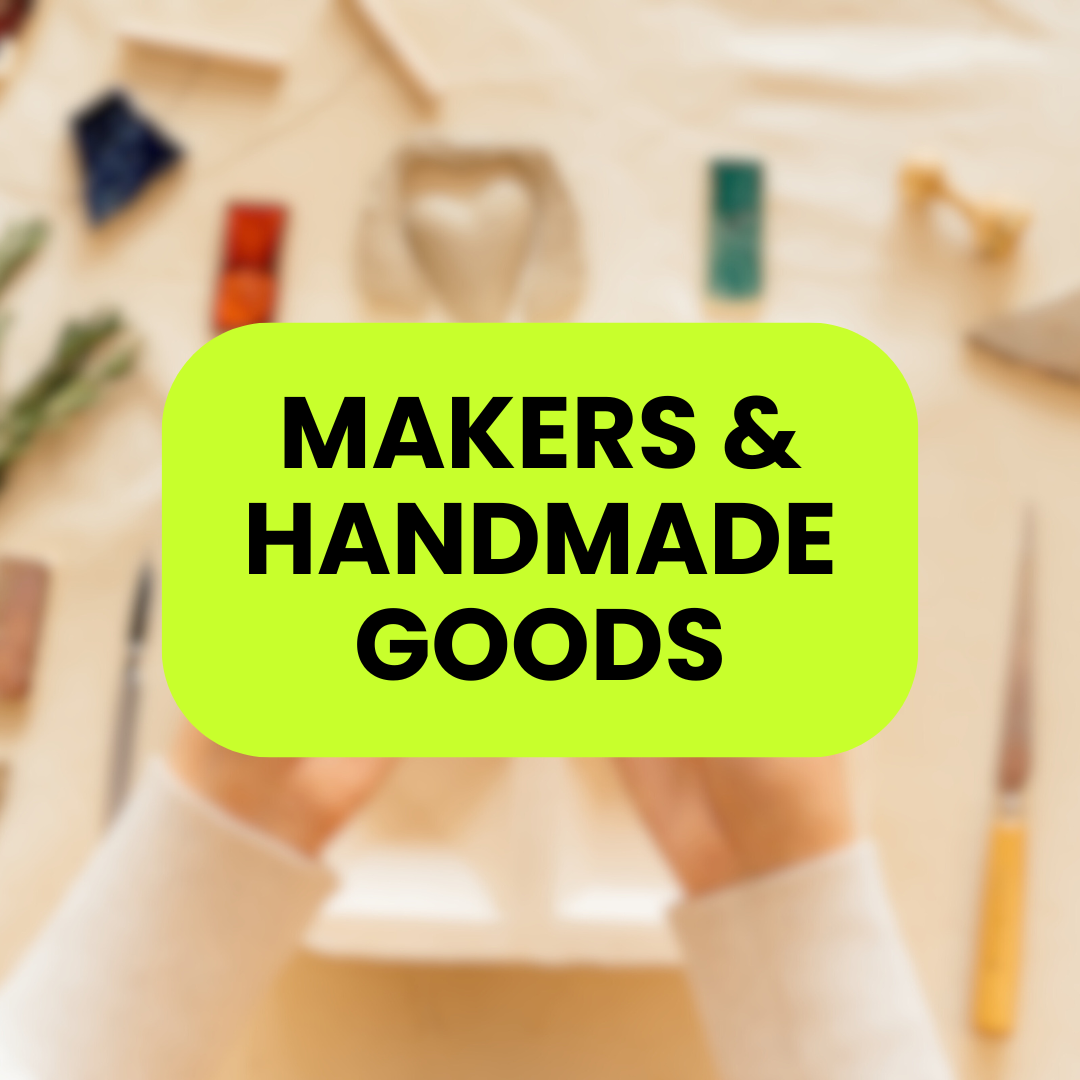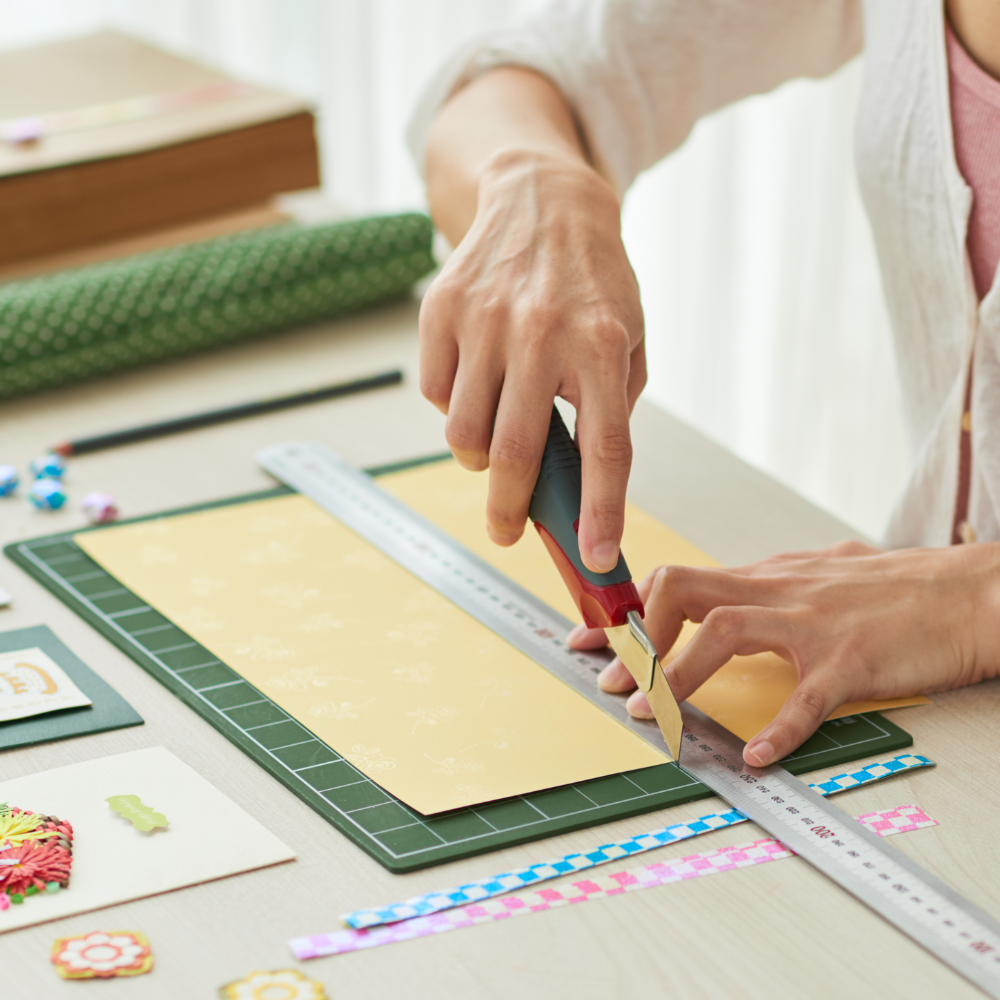How To Choose A Business Card In 2021
For most people, knowing about the paper sizes or weights is an entirely new subject. An A4 size sheet of the bond paper is as far as they would go in terms of paper needed for printing. But when it comes to printing anything specific or personalized commercially, you will be required to know a lot more than just the paper size.
When it's time to get your first or fifth set of business cards printed, you will know more about cardstock paper than ever before. It is the endless variety of brightness, texture, colors, or thickness of paper readily available for you to choose that you end up exploring your options.
Furthermore, while choosing the right kind of printing techniques along with realizing the representation that your business card provides, all this information eventually adds up to be extremely beneficial.
To start with, here is your mini crash course to finding out which of the coated or uncoated paper is suitable for your business cards:
What are coated business cards?
When you hold up very smooth, shiny, or even very shiny business cards, you are looking at the coated paper stock.
A matte or glossy finish is commonly found with most coated cardstock where the colors appear bright even if the surface is shiny.
Exceptional durability and resistance to water or general wear and tear are typically noticed with coated card stock because it is usually coated with clay. This helps in keeping your prints on the cardstock looking clean and professional for longer.
Colors appear brighter on coated cardstock because it absorbs much less ink than on coated paper and is water-resistant.
Images appear much sharper and brighter on coated cardstock since the color of the ink is not absorbed but stays on top of the paper.
Silk and velvet finish cardstock are also available to try an even more unique finish for that first impression with your business card.
What are uncoated business cards?
The principal difference between uncoated and coated paper is the basic manufacturing process.
The ink soaks in uncoated papers since they do not have a clay coating and happen to be more porous.
With a peculiarly warm and soft appearance, uncoated paper is identified by a few basic types: text, offset, or opaque.
Higher the brightness of the sheet means more light is reflected in the viewer's eye and makes the colors pop.
Several finishes such as linen, smooth, vellum, etc. are available as uncoated cardstock. The finish of the paper gives the uncoated paper its feel and affects how the ink is going to hold out.
How to choose between coated and uncoated business cards?
Make sure you put the following factors under consideration before deciding the right paper for you.
Budget
As we have already learned, coated and uncoated cardstock paper can differ in terms of opacity and thickness. If you're on a budget, then exploring all your options can give you a suitable product while remaining within your budget. This means you may find a higher brightness paper in uncoated 70 lb bright white paper by ThunderBolt papers can be an affordable option as compared to an 80 lb coated paper.
Utility
When it comes to finding out the functionality of the business cards, coated and uncoated paper can make a lot of difference. One of the drawbacks of coated paper is that you cannot easily write on it with a pen, which may be passable in business cards but not so much for other cardstock products.
Uncoated papers work well with techniques like embossing fall stamping or letterpress that use pressure-based printing, but because of the way they absorb ink images may not appear as sharp as they would on coated paper.
Aesthetics
The coated paper offers, as already mentioned, clear sharp results for graphics or images, but the uncoated paper provides a better experience in terms of feel, texture, and warm appearance. The choice of paper must sit according to the designs you have in mind as well as the image of your business or yourself, since choosing a coated or uncoated paper can make a favorable or unpleasant impression.
Now that you have familiarized yourself with the basics of coated and uncoated cardstock paper, you are ready to find the best paper choice for your next set of business cards or even personalized stationery.
Have you ever tried either coated or uncoated Cardstock??


